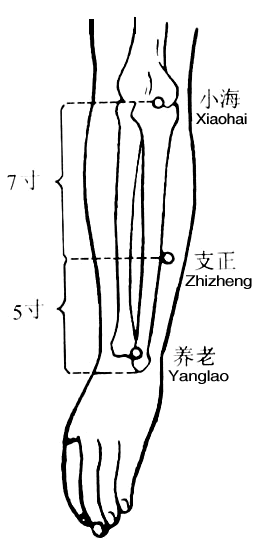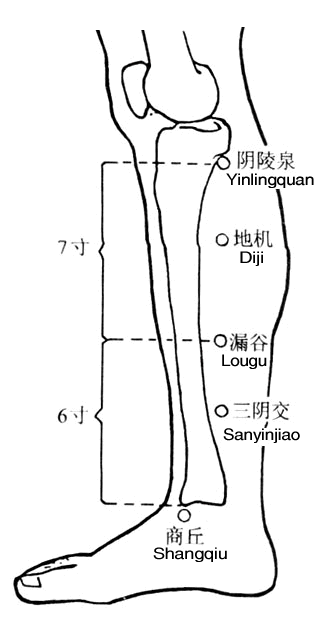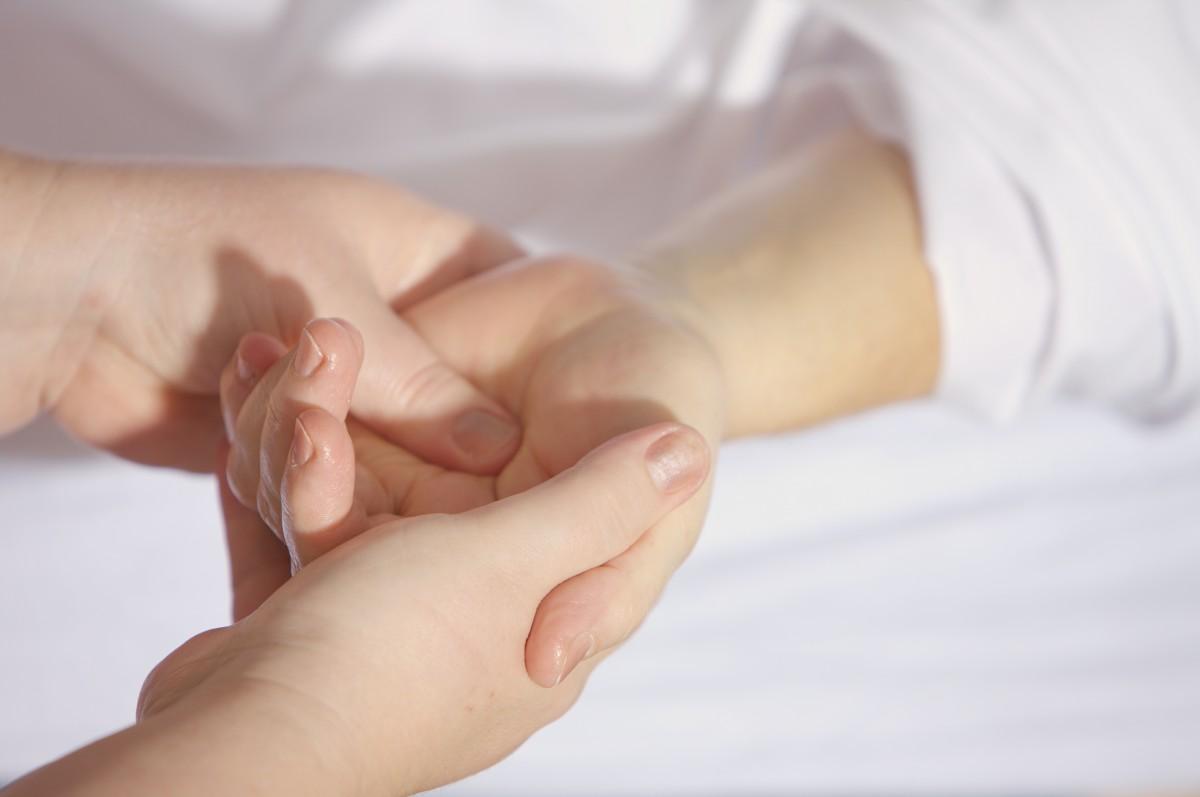The wrists are among the body parts you use most frequently throughout your day. Various actions in your daily life put a strain on them. More often than not, you don’t even consciously observe the strain you put on your wrists. Acupressure is a great way to not just treat acute wrist pain, but also chronic wrist pain.
Before we get to the acupressure points that you can use to find some relief from your wrist pain, we will take a look at some of the causes of such pain. In a holistic sense, every treatment begins with becoming aware of your own behavior and trying to optimize it in order to eliminate one possible root cause of your pain.
Repetitive strain injuries
Even though the joint that connects your hand to your lower arm is a workhorse, when it comes to how much you use it, it is still quite delicate when compared to other body parts. People who work in physically demanding environments like construction, painting, tailoring, and computer work, will use their wrists over a large number of hours throughout the day. The chance of a wrist getting injured or developing chronic ailments is much higher for these types of professionals. These types of injuries, which are the result of a chronic accumulation, are also known as repetitive strain injuries.

The following are the most common forms of wrist injuries and a suggestion of how to find relief by implementing a very simple acupressure routine.
A repetitive strain injury (RSI) can be recognized by the following indications or symptoms:
- Pain in the wrist, forearm, or hand. Often in the form of sharp pain, a dull ache, or throbbing.
- Sometimes tingling or numbness in the aforementioned areas.
- The pain or symptoms commonly tend to appear when one is performing strenuous activity.
Repetitive strain injuries are caused by repetitively moving the wrist or fingers in ways that cause an aggravating strain on it. The cause is most commonly due to work-related conditions, which are more common than sports injuries.
But also mundane activities like the repetitive use of a keyboard, mouse, or screwdriver can result in injuries that over time can result in wrist complications that are collectively coined under the term repetitive strain injury.
These include, but are not limited to:
- Carpal tunnel syndrome is caused by pressure on your median nerve that runs down the length of the arm and eventually goes through a passage at the wrist called the carpal tunnel, ending in the hand.
- Inflammation or degeneration of the tendons joining the muscles with the bones in the wrist and hand is known as wrist tendonitis.
- Wrist bursitis, an inflammation of the small fluid sacks. They are commonly found in joints, including the wrist. The fluid sacks sit between tendons and bones, lubricating the movement and preventing abrasion of the two moving bone parts.
It is always advisable to find professional help from a medical professional of Western or traditional Chinese medicine.

The advantages of acupressure
It is important to treat any problems from the root up. This will prevent any further spread on the surface. While most people are used to taking pain pills or other numbing medication to treat acute or chronic pain, there are alternative time-tested solutions that can offer long-lasting relief from the discomforts caused by the wrist or arm pain. In a time when opioids are reaching the boiling point in what some call an opioid crisis, much abuse is being done with these often highly addictive substances.
Pain and swelling that occurs at the inner wrist and are related to tendon damage to the thumb are called de Quervain’s disease, or tenosynovitis. The instinct to stop a fall with your hands can easily bring damage to the tendon because it bears the full impact of the fall. A pulled tendon results in pain and swelling. In minor cases, it may recover with some cooling and rest in a couple of weeks. If the pain is acute and even flares up with each wrist movement, it is advised not to do anything palliative for the time being.
When your wrist begins to swell, press the area to see if there is any pain. If there is no pain or the pain is mild, lightly start to press from the thumb onwards; rock the first metacarpal bone (the part of your hand connecting your fingers with your wrist) up to five times; continue the same with the second and remaining metacarpal bones. After completing this set, the tendon should be loosened. Next, slowly bend the wrist a few times. This will adjust the tendon position. Remember to be slow and mindful. Do not overstrain yourself. Then rub it with the palm until you feel it warming up.

During the period of injury, aside from the suggestions your doctor gave you, it is always a good idea to wear a wrist guard. This will minimize the rolling of your wrist, which can cause further pain. You should also make sure the affected area stays clear of wind, cold, and moisture.
If the damage to the wrist is chronic (constantly recurring over a longer period of time), the reason may be clotted blood. As a result, the tendon and muscles become stiff. This will, in turn, make rolling the wrist difficult. Those who experience this condition can add 50 ml of rice vinegar to 100 ml of hot strong tea. Then drink up. People with weak digestive systems should have tea after meals. In addition to the aforementioned remedies, putting some pressure on the following acupuncture points can help as well.
Yang Lao acupoint (S16):

The point Small-Intestine-6 (SI 6) is located on the back of the wrist, in the bony cleft on the radial side at the tip of the ulna bone. When feeling minor discomfort, press this acupoint at an angle of 45° toward the inner wrist and repeat. For a damaged wrist, do the same but with a slight rocking movement, to loosen up the tendon and relieve the pain.
Sanyinjiao / Three Yin Intersection acupoint (SP6):

The Spleen-Point-6 is located on the inside lower leg, three inches or about four fingers’ width above the ankle bone. Some treatments in acupuncture and therefore acupressure can be done with a type of mirrored treatment. This has to do with the principles that govern the balance of qi flow through the meridians. In this case, if the left wrist hurts, press on the right three-yin intersection acupoint (SP6) and vice versa for the right wrist.
Press and push upward on the acupoint with some force and roll the hurt wrist at the same time. Message the fingers of the same hand to loosen up the tendon for a speedy recovery. Because of the difficult position of this point, it may be more convenient to ask a friend, family member, or partner to put pressure on the aforementioned point.
Research by Cecilia and Helen







